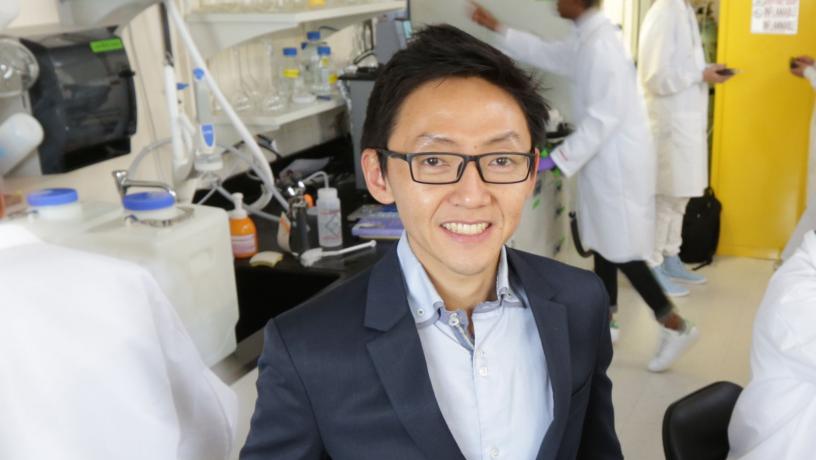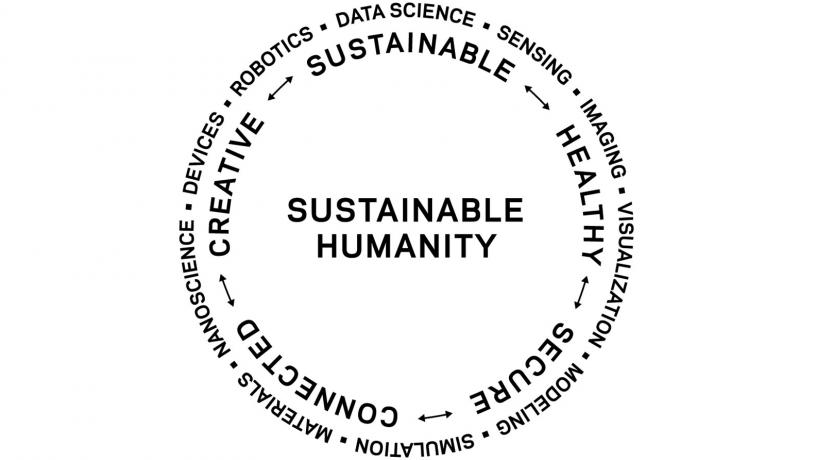Balancing the Water-Energy Nexus

Ngai Yin Yip

A radically different desalination approach: partially miscible solvents extract water from hypersaline brines.

Imagine a world where all resources are recovered and reused.
The world’s water needs will likely jump 35 percent by 2050, meaning that expanding this resource will soon become critical for many.
“There’s no way to make water,” says Ngai Yin Yip, assistant professor of earth and environmental engineering. “Scientists must discover creative solutions.”
For Yip, that means taking on the water-energy nexus—the conflict between the energy needed to treat our water and the water requirements powering much of our energy production. Take desalination, seen by many as a promising strategy. While it renders seawater usable for agriculture and human consumption, the energy intensity and associated carbon footprint of current techniques impedes wider adoption.
Yip and his team tackled that challenge by devising a solvent-based system that uses less than a tenth of the energy compared with distillation, while yielding significantly more potable water. This approach is particularly advantageous for hypersaline brine—a common by-product of oil and gas drilling that’s 10 times saltier than seawater.
Yip also has a novel take on other essential resources like nitrogen and phosphorus. Nitrogen’s conversion to fertilizer accounts for 3 percent of the world’s total energy use, while phosphorus poses an even greater challenge: almost 80 percent of known reserves come from just one reservoir in Morocco. In 80 years, we could run out entirely.
Yip sees nutrient recycling as the answer. Since 50 to 80 percent of phosphate is present in urine, he’s creating a mechanism for source-separating latrines that could be designed into new commercial and residential infrastructure.
“Most research focuses on the wastewater plant to recover nutrients,” says Yip. “We flush and dilute our resources— it doesn’t make sense. We should do recovery where it’s created.”
Doing so not only reclaims a vanishing resource—it also embeds a more circular economy into smarter cities of the future.
“My job is to show what can be done with cutting-edge science,” he says.
